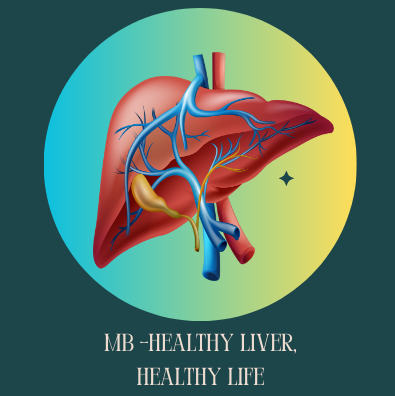Ways to Use Nonsteroidal Topical Therapies in the Treatment of Skin Conditions
When it comes to treating skin conditions, the go-to options often include steroid-based treatments. However, nonsteroidal topical therapies are emerging as effective alternatives. These treatments offer relief without the potential side effects associated with steroids, such as thinning skin or hormonal imbalances. Let’s dive into the various ways nonsteroidal topical therapies can be used to manage and treat skin conditions.
1. Managing Eczema
Eczema, or atopic dermatitis, is a chronic condition characterized by itchy, inflamed skin. Nonsteroidal topical therapies, such as calcineurin inhibitors (like tacrolimus and pimecrolimus), can be highly effective. These medications work by suppressing the immune system’s response, reducing inflammation and itching, without the risks associated with steroids. They are particularly useful for sensitive areas like the face and neck.
Application Tip: Apply a thin layer of the medication to the affected areas twice daily. Be consistent with your application for the best results.
2. Treating Psoriasis
Psoriasis is an autoimmune condition that leads to the rapid buildup of skin cells, resulting in scaling and inflammation. Nonsteroidal treatments, such as vitamin D analogs (like calcipotriene) and coal tar preparations, can help slow down skin cell growth and reduce scaling and discomfort.
Application Tip: For vitamin D analogs, apply once or twice daily. Coal tar products can be used in various forms, such as creams, ointments, or shampoos, depending on the affected area.
3. Relieving Acne
Acne isn’t just a teenage problem—it can affect people of all ages. Nonsteroidal topical treatments, like benzoyl peroxide and salicylic acid, are staples in acne management. Benzoyl peroxide works by killing acne-causing bacteria, while salicylic acid helps unclog pores and reduce inflammation.
Application Tip: Start with a lower concentration to see how your skin reacts. Apply once daily, and gradually increase to twice daily if needed. Always use sunscreen, as these treatments can make your skin more sensitive to the sun.
4. Calming Rosacea
Rosacea is a chronic skin condition that causes redness and visible blood vessels, often affecting the face. Metronidazole and azelaic acid are nonsteroidal options that can help manage rosacea symptoms. Metronidazole has anti-inflammatory and antimicrobial properties, while azelaic acid reduces inflammation and can help with skin texture.
Application Tip: Apply a thin layer to the affected areas once or twice daily. Be gentle with your skin and avoid triggers that can worsen rosacea, such as spicy foods and alcohol.
5. Soothing Contact Dermatitis
Contact dermatitis occurs when the skin reacts to an irritant or allergen, leading to redness, itching, and blisters. Nonsteroidal options, such as barrier creams and moisturizers with ceramides, can protect the skin and promote healing. Additionally, topical calcineurin inhibitors can be used for more severe cases.
Application Tip: Identify and avoid the irritant or allergen causing the reaction. Apply barrier creams as needed, especially before exposure to potential irritants.
6. Addressing Seborrheic Dermatitis
Seborrheic dermatitis causes scaly patches, red skin, and stubborn dandruff, often in areas with a lot of oil glands. Nonsteroidal treatments, like antifungal creams (ketoconazole) and medicated shampoos, can effectively manage symptoms by reducing yeast that contributes to the condition.
Application Tip: Use medicated shampoos as directed, usually 2-3 times a week. For creams, apply to affected areas once or twice daily.
General Tips for Using Nonsteroidal Topical Therapies
- Patch Test: Always perform a patch test before using a new product to ensure you don’t have an adverse reaction.
- Consistency is key. For the best results, use the treatments consistently as prescribed.
- Sun Protection: Many nonsteroidal treatments can make your skin more sensitive to sunlight. Use sunscreen and protective clothing.
- Moisturize: Keep your skin hydrated with a good moisturizer, which can enhance the effectiveness of your treatments.
Nonsteroidal topical therapies offer a versatile and often safer alternative to steroid-based treatments for various skin conditions. By understanding how to use these treatments effectively, you can manage your skin condition more comfortably and with fewer side effects. Always consult with a dermatologist to determine the best treatment plan for your specific needs.
 https://analytics.google.com/analytics/web/#/analysis/p405220706
Skip to content
https://analytics.google.com/analytics/web/#/analysis/p405220706
Skip to content 
